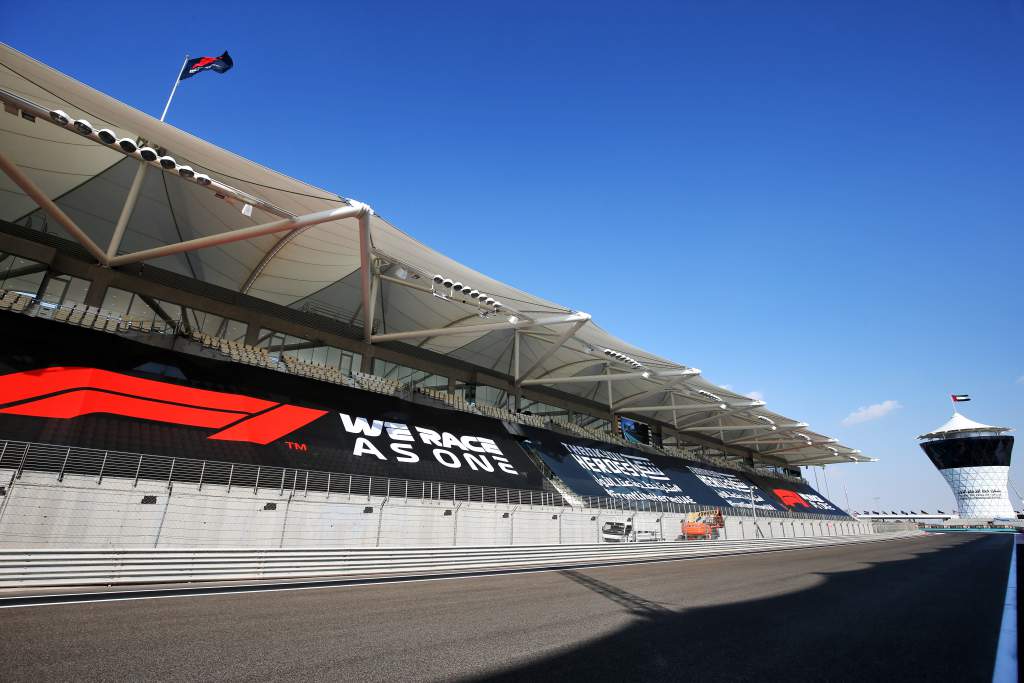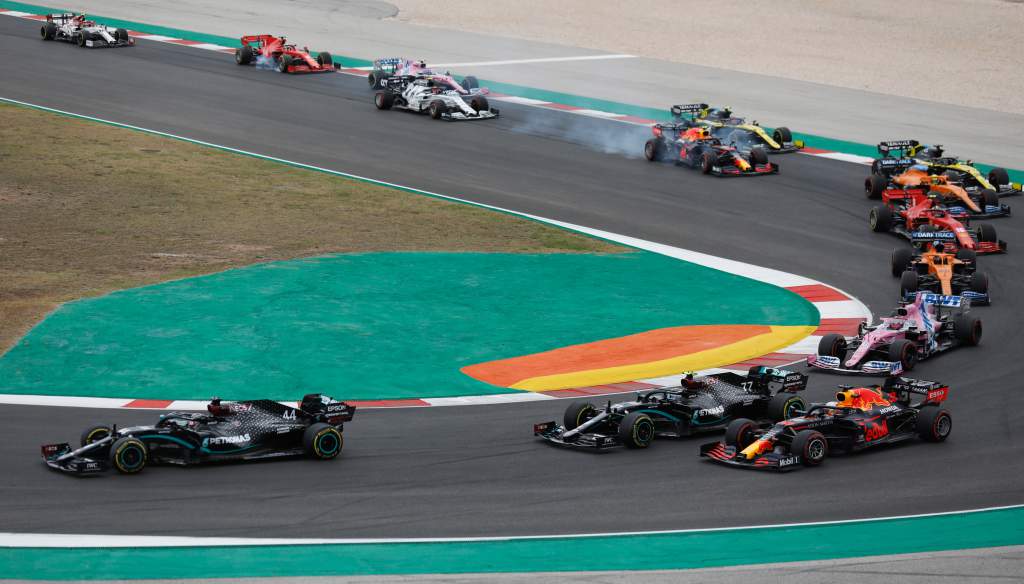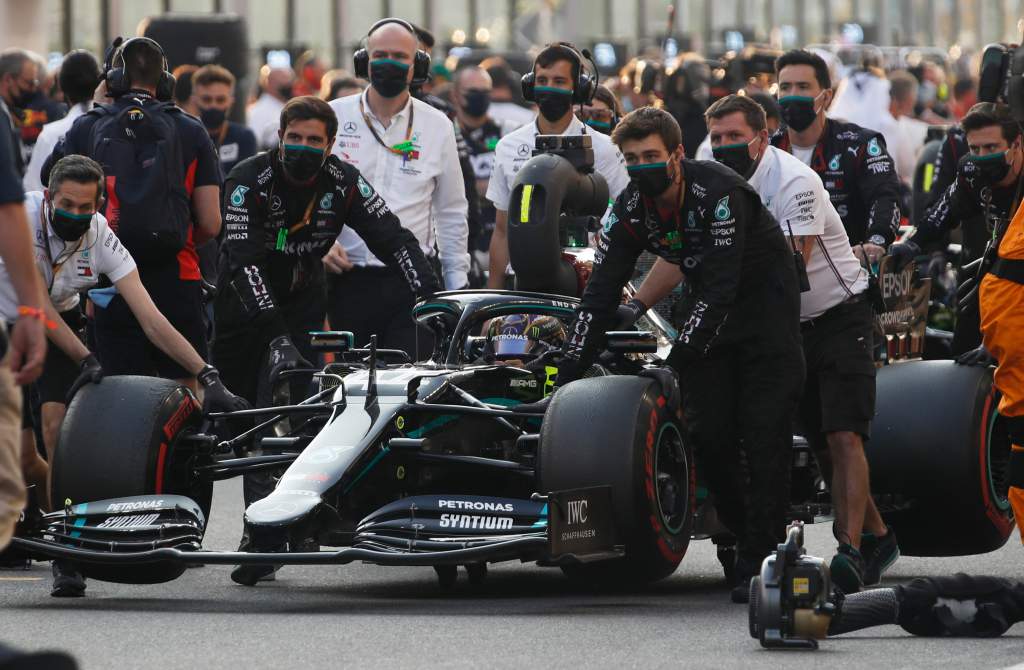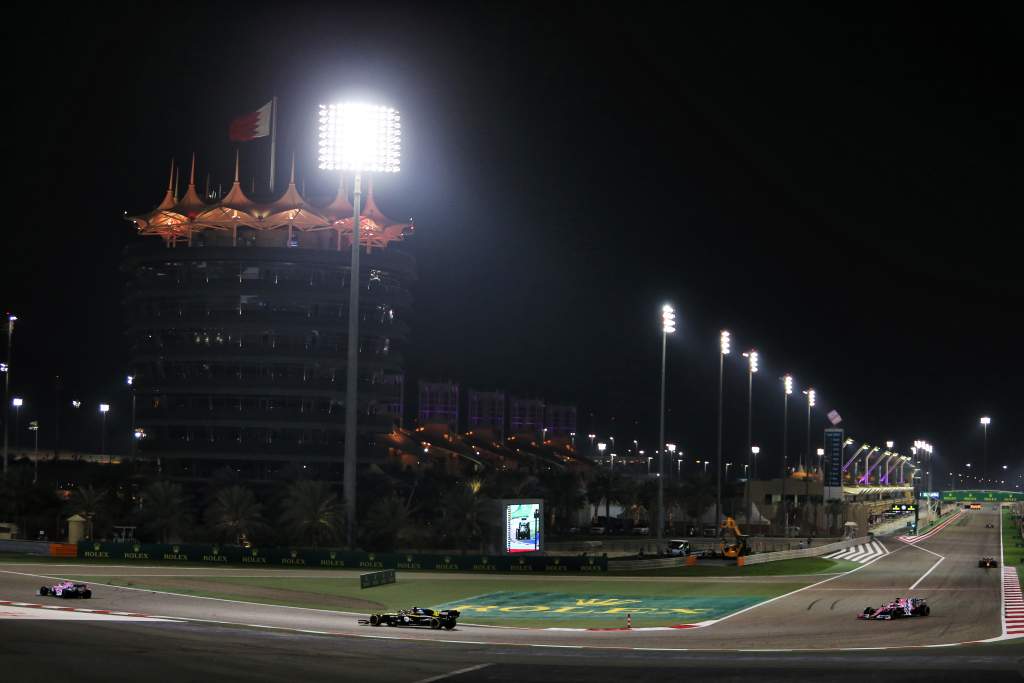Up Next

Formula 1 has followed up its failed attempt to have a record 22-race season in 2020 with a desire to go one better in 2021 and have 23 races. Coronavirus pandemic be damned (at least when the provisional calendar was being put together): F1 has its eyes on achieving normality as soon as possible.
The 2021 schedule is in flux, but at present F1 hopes to find a way to make 23 races a reality. It currently has the very lucrative addition of Saudi Arabia, which is going to be worth an awful lot of money to the championship, and the significance of that kind of addition shouldn’t be underestimated. And as F1 adds such races, but rightly doesn’t want to ditch its less lucrative heartland grands prix, the calendar will only swell further – with a maximum of 25 grands prix enshrined in Liberty’s agreement with the teams.
With a potential 23 races on the horizon, if not this year then next year, it’s worth considering the intensity and madness of the end of 2020. Doing so provides a glimpse of the big underlying problem that comes with such a bloated schedule.
It’s important to clarify that that was obviously very much a necessity in the coronavirus-ravaged world of 2020. And F1 did a fantastic job that should be lauded, rather than criticised, for being able to put on 17 races in 23 weekends. And this isn’t a criticism of that specific schedule because it was at least embraced and understood: it’s a warning of what it represents.

Last year F1 put on an incredibly intense burst of races. Several times we had three races in a row, and on only precious few occasions did we have a weekend off. It was very, very intense, and the closest F1 has ever come, and probably will ever come again, to having a race every single weekend.
The risk of that kind of calendar is that without a distinguishing factor about each race they blur into one. There are two main ways a race is distinguishable: the quality of the grand prix itself, and the impact it has on the championship (as that’s why we’re all here, after all).
We relied on spectacular variables to keep 2020 interesting by the end. Worryingly most came via races that might not be on the calendar again
It’s actually quite difficult to pick out some of the details of the first part of the season because of how much progress was quickly being made through the schedule. It was better than the alternative, of course, and F1 did have some fantastic races in 2020. But lots and lots of individual races, broken up by a few spectacular ones, don’t really mean anything in an F1 context which has not had a sustained title fight since 2016.
If F1 wants to maintain prolonged interest, it needs something threading the season together. It could be that F1 is approaching its own ‘NASCAR problem’ (almost 40 races over 10 months), where its version of a race pretty much every weekend makes it so oversaturated that you have to question how invested people are going to be? Even the diehards have their patience tested. And this is exaggerated in current F1, where it’s not ‘one weekend done, can’t wait for the next one – can’t wait to see who wins, can’t wait to see which twist the title battle takes’. It’s more ‘I’ll watch next weekend because it might be one of the one-in-three or one-in-four races where there’s something spectacular’.
Watching F1 nowadays is often done in hope, rather than expectation, that a great race will unfold.

Obviously, this is something that F1 wants to try and combat longer term, which might make an intensified run of races OK and avoid that oversaturation because actually all it does is give the fans, 22, 23, 24, or 25 mega races. Then F1 can keep feeding an insatiable desire for more epic action, and everybody’s happy.
But that’s blue sky thinking because it’s probably not going to happen like that, at least not in 2022 and probably not thereafter either. So, this all comes back to what we saw in 2020, where by the end it just becomes harder to create stories, and have things catch people’s attention. We relied on spectacular variables to keep 2020 interesting by the season’s end and, worryingly most of them came via races that might not be on the calendar again – this year, or ever.
That will only be a more regular threat in an expanded calendar. F1, individual race promoters and media are going to have to work harder to get people to care as the season wears on. That must have a knock-on effect for each race’s promoter, television broadcasters and the like. What’s special about this race when there’s one just like it next week? How do events create a USP around people going trackside? For a TV audience, how do you give each race a USP to keep people coming back, or make it worth their while devoting time to this particular offering when there is so much else on the market?

It does risk too much of a hit-and-miss thing if nothing changes competitively, or even becoming too much of a good thing if F1 generally improves the spectacle.
This isn’t a call to go back to a 16 or 17 race season. It’s unrealistic to think that and frankly a waste of time to consider it. But F1 does need to be careful where it strikes the balance.
We’re going this way not because this is what F1 believes is best, but because it is what’s going to bring in the most money. And the teams are going to get slices of a bigger pie so in stakeholder terms, almost everybody is up for it.
There is the potential for F1 to trip up over itself and become so big it can’t support its own weight
Ultimately the people who make the decisions don’t have to deal with the most impactful of the negative consequences because they’re not the ones that work the longest, most arduous days, yet they are the ones enjoying the privileges of the races weekends and when they travel they’re traveling in luxury more often than not. You don’t see F1 or FIA executives slumming it in economy on cheap flights with one or two stopovers.
There is a disconnect. And that means other people risk paying the price for that indulgence. Every time a race is added, teams say ‘we’re at the limit now’ and the same fan-based cries for a shorter calendar emerge.

But the reality is the calendar, and its limit, will be whatever F1 wants it to be because teams can make whatever work. The ‘we’re at the limit now’ narrative has done the rounds for several years yet the calendar continues to grow. Triple-headers that F1 said would never happen again are back on a ‘normal’ calendar, not just on a ‘needs must’ schedule like 2020. If the stuff that everyone tapped into out of necessity last year becomes the rule rather than the exception, that sounds F1 down a questionable path.
It is worth treating the second half of 2020, and the renewed desire for a record season this year, as a warning. What we had last year was a glimpse of what it could become if F1 goes too far: races every two and three weekends, no title battle, too much track action to ‘fill’ and not enough of interest to fill it.
There is the potential for F1 to trip up over itself and become so big it can’t support its own weight. F1 is a championship, a collection of races with a huge prize at the end. Working out how you hold interest is crucial for a year-long sport, especially one that doesn’t have a playoff or a staged finish or a final, decisive competition.
Each season F1 relies on people buying into a journey that’s already quite long, and at times can be dull. ‘Boring’ moments hit every sport, every competition, and it can be difficult to convince fans to ride those out.
It’s an even harder sell if F1 keeps making the journey longer and the destination is just another anti-climax.





